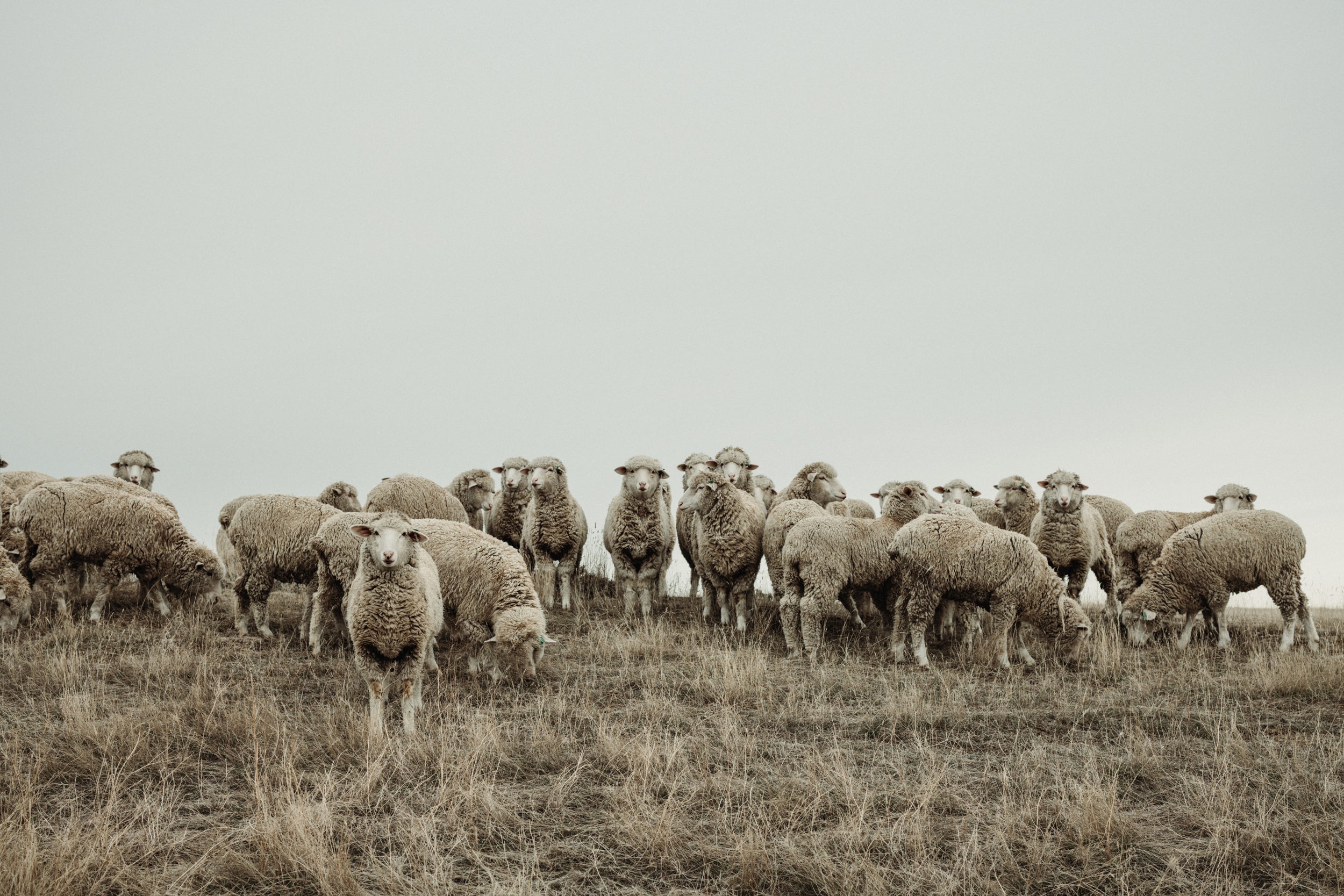OEKO-TEX and WeatherWool
1 November 2025 --- Ralph
In October of 2025, we had a sample of Batch Innes-1 MidWeight Lynx Pattern Fabric tested against the OEKO-TEX® STANDARD by Hohenstein Institute (Germany and America).
OEKO-TEX® sets the rules and regulations of the certifications, and Hohenstein does not own/control them. The methods used to test were the same methods that OEKO-TEX® requires. The OEKO-TEX® STANDARD 100 test methods test textile products to ensure they are safe from harmful substances.
We PASSED the test. Please click for a PDF of the test results. There is a great deal of info presented.
PLEASE NOTE: This test pertains ONLY to the sample we sent Hohenstein, and is NOT a certification of our company or our garments or even any single garment or batch of Fabric. The test results pertain ONLY to this particular sample ... and furthermore, the sampling was done by me, and not by Hohenstein or OEKO-TEX. My sampling methodology? I cut a square meter off the end of a roll of Fabric from which we have been filling orders for Innes-1 MidWeight Lynx Fabric.
THE SAMPLE PASSED ... that's the main thing.
After speaking with a rep from Hohenstein, the company that performs the testing (but neither owns nor controls OEKO-TEX), we decided one of our Jacquard Fabrics would be the best candidate for testing because the Jacquard contains both woolen-spun and worsted-spun yarn. And we decided Lynx Pattern would be the best pattern/color to send because Lynx is made from yarns of four different colors. Lynx yarns are dyed three different shades of brown, and woven together with some yarn that is undyed and unbleached (natural), which is the fourth color present in Lynx. Lynx Pattern includes the widest variety of WeatherWool yarns/colors in a single sample.
As for the details of the results, I don't understand them completely, that's for sure. I will be adding to this page over time.
We generally had non-detectable levels of the chemicals tested for, which is a BIG YIPPEE. But I will mention first the chemicals/elements that were detected:
- We handle NICKEL (Ni, the element) routinely in the USA ... the American 5-cent piece, "the nickel", is 25% nickel. We would not have passed have if our Ni level could be a problem
- We also had a detectable level of Nonylphenolethoxylates (NP(EO)) ... not enough to cause us to fail. This compound is used for cleaning and degreasing. I don't know which of our steps uses this stuff, but we degrease the greasy wool, and we also clean the lubricant needed for spinning and then another lubricant needed for weaving ... The sample contained 39.7 milligrams per kilogram (about 40 parts per million). A quick web-search tells me this stuff can break down into nonylphenol, which at least some people consider bad news if it escapes the factory. But the level of NPEO is under the safe level, so no problem from the point of view of the standards
I'm happy to see "0/Not Detected" for everything else, including for a bunch of stuff I know I don't want in our Fabric. I'm not implying I know much if anything about these chemicals (both compounds and elements), but over the years I've come to believe they are not conducive to health:
- Formaldehyde
- Arsenic
- Lead
- Cadmium
- Chromium
- Mercury
- Barium
- Aldrin
- Chlordane
- DDE
- DDT
- Diazinon
- Dieldrine
- Heptachlor
- Hexachlorobenzene
- Malathion
- Parathion
- Atrazine
- Pyrethrum
- Glyphosate
- Cholophenols (a flock of these were not sought and not detected)
Testing also included color-fastness adjacent to cotton and wool in the presence of water and perspiration. Because we passed the test, I suppose these results are good, but I don't understand them (yet).

